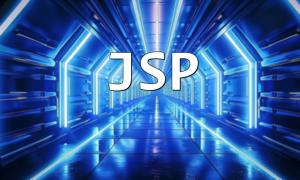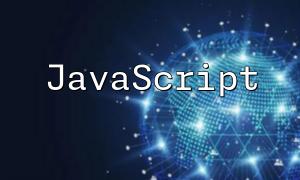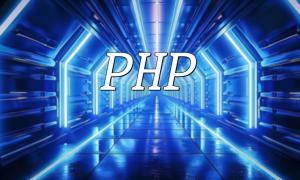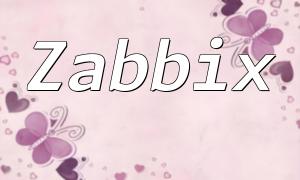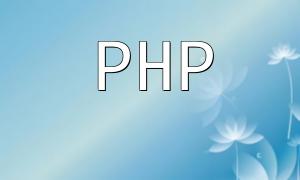This article provides a detailed guide to PHP function usage, covering function initialization, function nesting, and common built-in functions. We will discuss how to initialize a function using the function keyword, how to nest function calls within one another, and showcase commonly used PHP built-in functions such as string manipulation and array operations. This article aims to help developers understand how to effectively use PHP functions to enhance code modularity and reusability.
